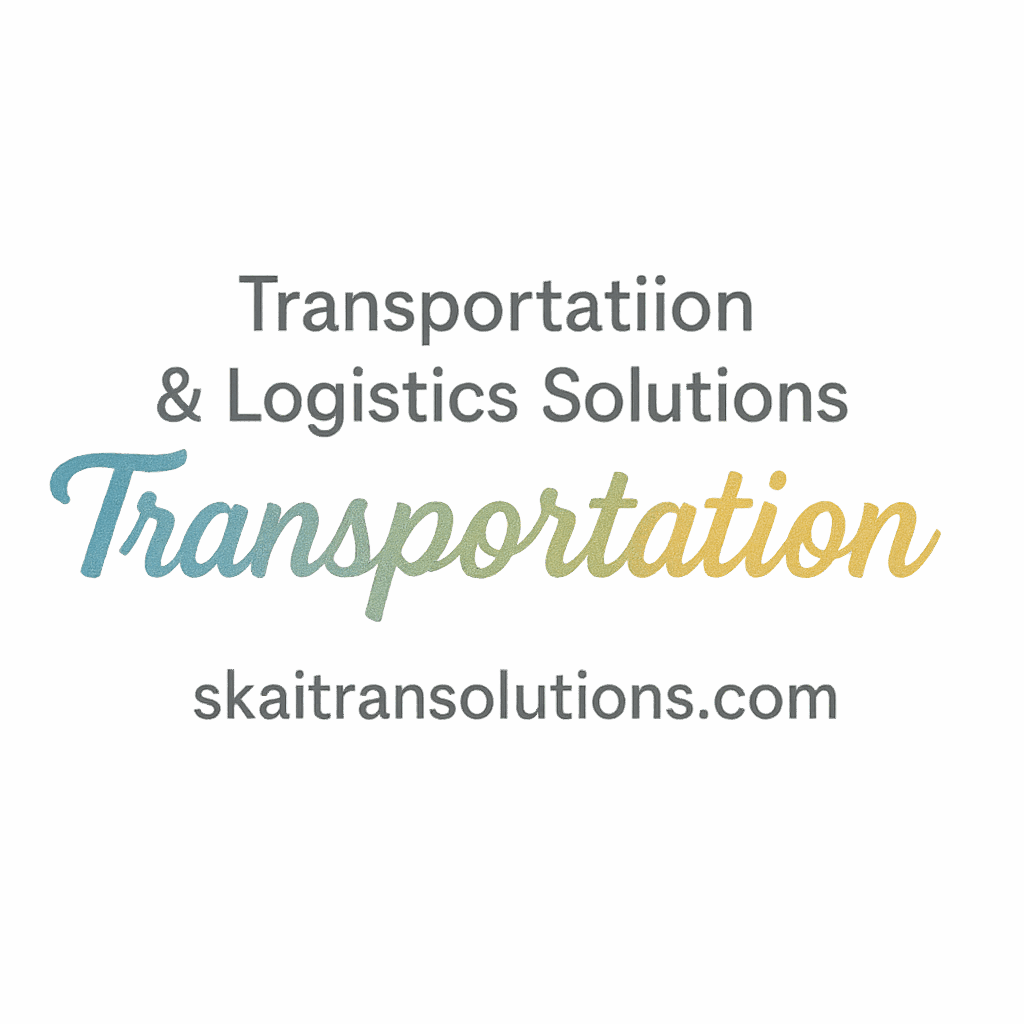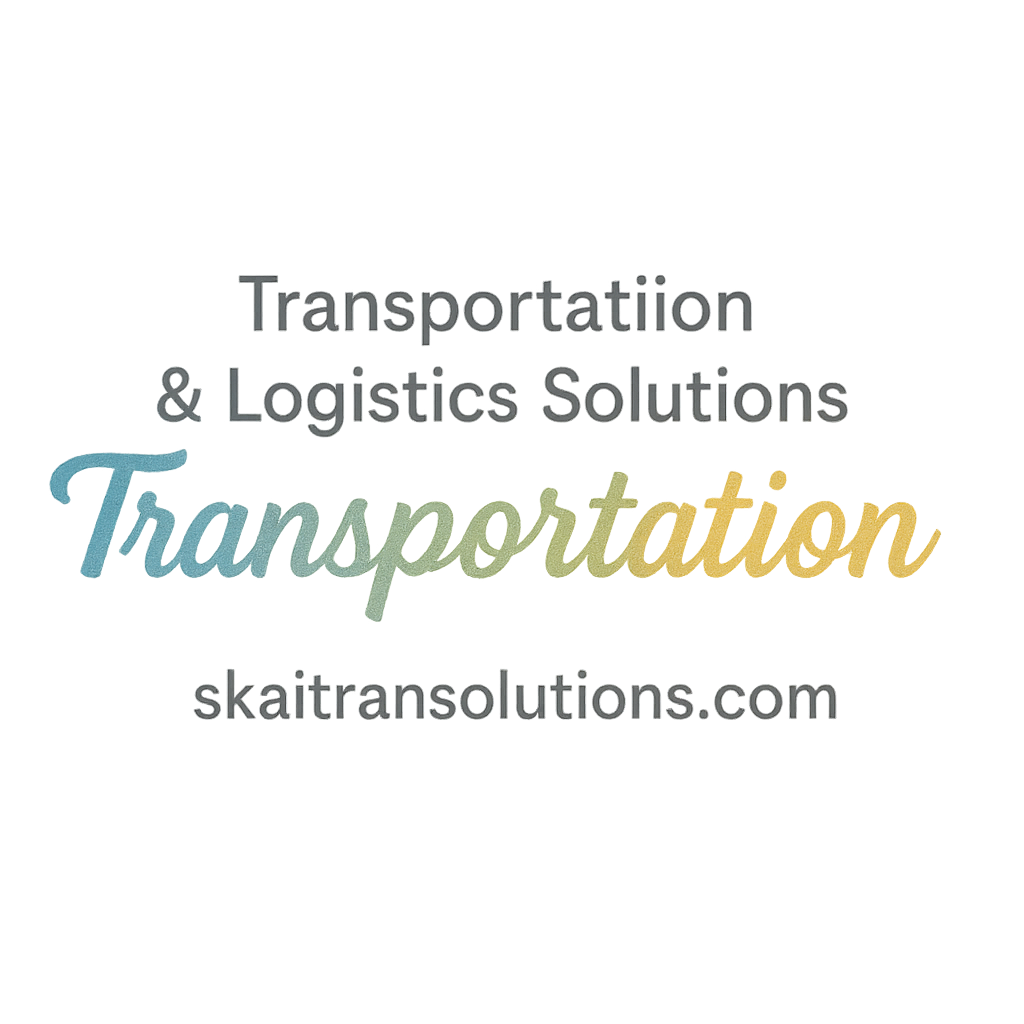Training your transportation team isn’t just about checking boxes—it’s about creating a safer, smarter, and more efficient workforce. Whether you’re managing a large logistics fleet or a small delivery operation, your staff is your most valuable asset. Let’s dive into the six essential employee training programs for transportation staff that can level up your business.
Why Employee Training Matters in the Transportation Industry
Investing in training is one of the smartest moves transportation companies can make. With constant changes in regulations, technology, and customer expectations, staying stagnant isn’t an option.
Boosting Safety and Compliance
Safety isn’t just a moral obligation—it’s a legal one. Regular training helps keep your fleet in line with compliance standards, reducing risks and fines. Explore safety insights to understand how vital compliance is in logistics.
Enhancing Customer Experience
Well-trained staff deliver better service. Whether it’s handling fragile cargo or interacting with clients at drop-off, professionalism counts. Visit our page on customer experience and safety for more.
Improving Operational Efficiency
Trained employees waste less time, use fewer resources, and follow processes more precisely. The result? Lower costs and better logistics performance.
1. Defensive Driving Programs
What is Defensive Driving?
Defensive driving teaches your team to anticipate road risks, avoid dangerous situations, and drive proactively rather than reactively.
Benefits of Defensive Driving Training
- Reduces accident rates
- Lowers insurance premiums (learn more about insurance here)
- Protects cargo and assets
- Extends vehicle lifespan
Real-World Scenarios Covered
- Hazard perception
- Road rage response
- Emergency braking and evasive maneuvers
Don’t forget to pair this with regular safety inspections to keep vehicles road-ready.
2. Compliance and Regulatory Training
Staying Up-to-Date with Transportation Laws
From hours-of-service rules to hazardous material protocols, your staff needs to know what’s legally expected of them.
FMCSA, OSHA, and DOT Guidelines
These aren’t just acronyms—they’re the law. Staying aligned with FMCSA, DOT, and OSHA regulations keeps you off the radar for fines and shutdowns.
Reducing Legal Risks with Proper Training
When your drivers understand legal limits and reporting procedures, the entire company becomes less vulnerable. For deeper insights, check our compliance resources.
3. Technology and Telematics Training
Getting Staff Comfortable with Transportation Tech
From electronic logging devices (ELDs) to route optimization apps, modern transportation runs on data. If your team can’t use the tech, you’re wasting money.
GPS, ELDs, and Fleet Management Tools
Teach your staff to:
- Log hours electronically
- Track vehicle diagnostics
- Use GPS to avoid traffic or reroute intelligently
Explore the latest transportation technology innovations.
Integration with Real-Time Data Platforms
Real-time analytics help dispatchers and drivers work together efficiently. Understanding data = better decisions. This ties into smart performance metrics tracking.

4. Customer Service and Communication Training
Why Soft Skills Matter in Logistics
Your drivers are often the only human contact customers have with your company. They’re brand ambassadors on wheels.
Handling Complaints Professionally
A single negative encounter can damage your reputation. Train your team to stay calm, empathize, and resolve issues quickly.
Representing the Company Brand
From wearing uniforms to following scripts, customer-facing protocols matter. It’s all part of your broader strategy for brand consistency.
5. Emergency Response and Safety Protocols
Preparing for the Unexpected
Flat tires, engine fires, sudden snowstorms—these aren’t rare. Employees must know what to do when things go wrong.
First Aid and Roadside Incidents
Basic CPR and injury response can save lives. Combine this with vehicle maintenance and inspection to reduce preventable breakdowns.
Emergency Evacuation and Fire Procedures
Fire extinguishers, emergency exits, and safety flares aren’t optional—they’re lifesavers. Proper training builds quick-thinking, cool-headed responses.
6. Fuel Efficiency and Eco-Driving Programs
Cutting Costs and Reducing Emissions
Fuel is one of the biggest operational expenses. Teaching smart driving can reduce fuel use by 10–20%.
Smart Driving Habits That Save Fuel
- Avoiding rapid acceleration
- Reducing idle time
- Using cruise control effectively
Check out our tips on cost reduction.
Environmental Responsibility in Transport
Eco-driving isn’t just good PR—it’s becoming a legal requirement in many areas. Position yourself as a transportation industry leader by going green.
Implementing an Effective Training Program
In-House vs. Outsourced Training Options
You don’t have to do it all alone. Partnering with certified trainers ensures content is up-to-date and employees are tested rigorously.
Creating a Culture of Continuous Learning
Training isn’t a one-off event. Make learning part of your company’s DNA. Offer quarterly refreshers, skill-up challenges, or even online courses linked to your operational best practices.
Measuring Training Success with KPIs
Key Metrics to Track Employee Progress
Want proof your training works? Track:
- On-time deliveries
- Fuel efficiency stats
- Compliance incident frequency
For more, browse our content on KPIs and performance.
Using Data to Optimize Programs
Use feedback surveys, test scores, and operational metrics to continuously tweak your program for maximum results. If something’s not working, fix it fast!
Conclusion
There’s no shortcut to building a high-performing transportation team—but there is a strategy. These 6 employee training programs for transportation staff aren’t just buzzwords. They’re the backbone of a safe, compliant, efficient, and customer-friendly operation.
When you invest in your people, you invest in your business. Train smarter. Drive better. Deliver consistently.
Explore more on transportation strategy and logistics at SkaiTran Solutions.
FAQs
1. How often should transportation staff undergo training?
Ideally, staff should receive refresher training every 6–12 months depending on their role, legal updates, or company needs.
2. What’s the cost of implementing a training program?
Costs vary, but many companies recoup expenses through reduced fuel usage, lower accident rates, and fewer compliance issues.
3. Can training be done online?
Absolutely! Many modules like compliance and tech usage are perfect for e-learning. In-person is better for hands-on areas like emergency response.
4. What’s the best training for new drivers?
Start with defensive driving and compliance basics. From there, build up to tech usage and customer service.
5. Is customer service really that important for drivers?
Yes! Drivers are frontline representatives. Great service can boost retention and brand loyalty.
6. How can I track if training is working?
Use KPIs like delivery punctuality, accident reports, and fuel efficiency to measure training impact.
7. What happens if we skip training?
You’re exposing your business to higher risks—fines, accidents, poor service, and missed revenue opportunities.


